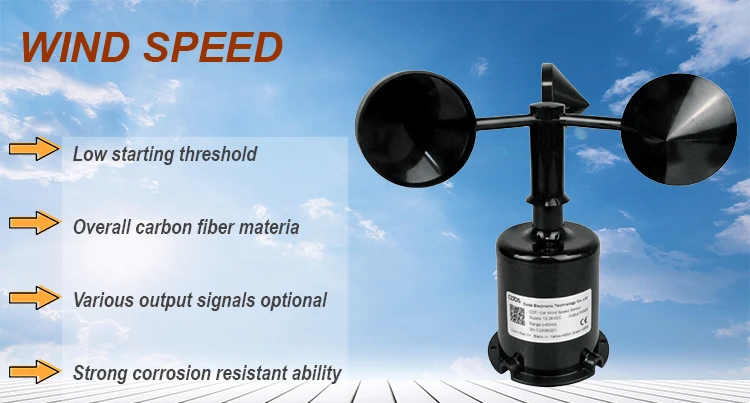
html
Wind Speed Measurement Instruments
Measuring wind speed is essential in various fields, including meteorology, aviation, and environmental studies. Accurate wind speed data helps in weather forecasting, flight safety, and assessing wind energy potential. Several instruments are designed specifically for this purpose, each with unique features and applications.
Anemometers
The most common instrument for measuring wind speed is the anemometer. There are several types of anemometers:
- Cup Anemometers: Feature rotating cups that spin with the wind, with speed calculated based on rotation rate.
- Vane Anemometers: Combine a propeller with a tail vane to measure both wind speed and direction.
- Hot-Wire Anemometers: Use electrically heated wires where cooling by wind correlates to speed.
- Sonic Anemometers: Measure wind speed using ultrasonic sound waves, providing highly accurate data.
Wind Vanes
While primarily used to determine wind direction, wind vanes are often paired with anemometers to provide comprehensive wind data. They consist of a rotating arrow or fin that aligns with the wind direction.
Doppler Radar
Advanced systems like Doppler radar can measure wind speed remotely by analyzing the frequency shift of reflected radio waves. This technology is widely used in weather stations and aviation.
Applications of Wind Speed Measurement
Wind speed instruments are crucial in:
- Weather Forecasting: Helps predict storms and other weather phenomena.
- Wind Energy: Assesses potential sites for wind turbines.
- Aviation: Ensures safe takeoffs, landings, and flight paths.
- Construction: Determines wind load on structures.
Choosing the right wind speed measurement instrument depends on the required accuracy, environmental conditions, and specific application needs. Modern advancements continue to improve the precision and reliability of these devices.
Keyword: measure wind speed instrument